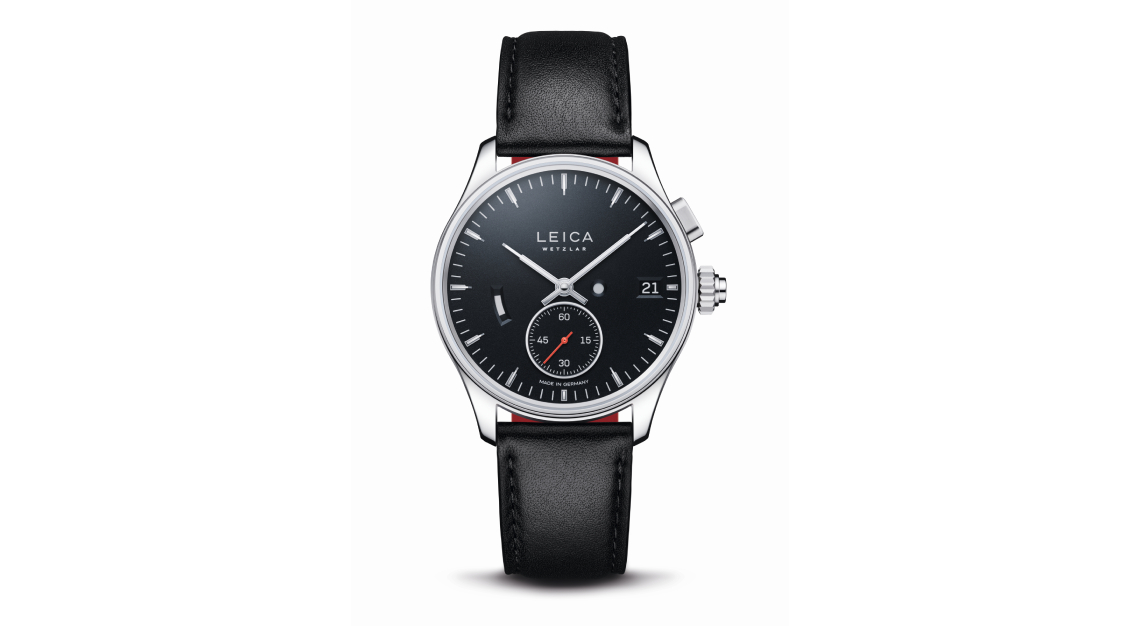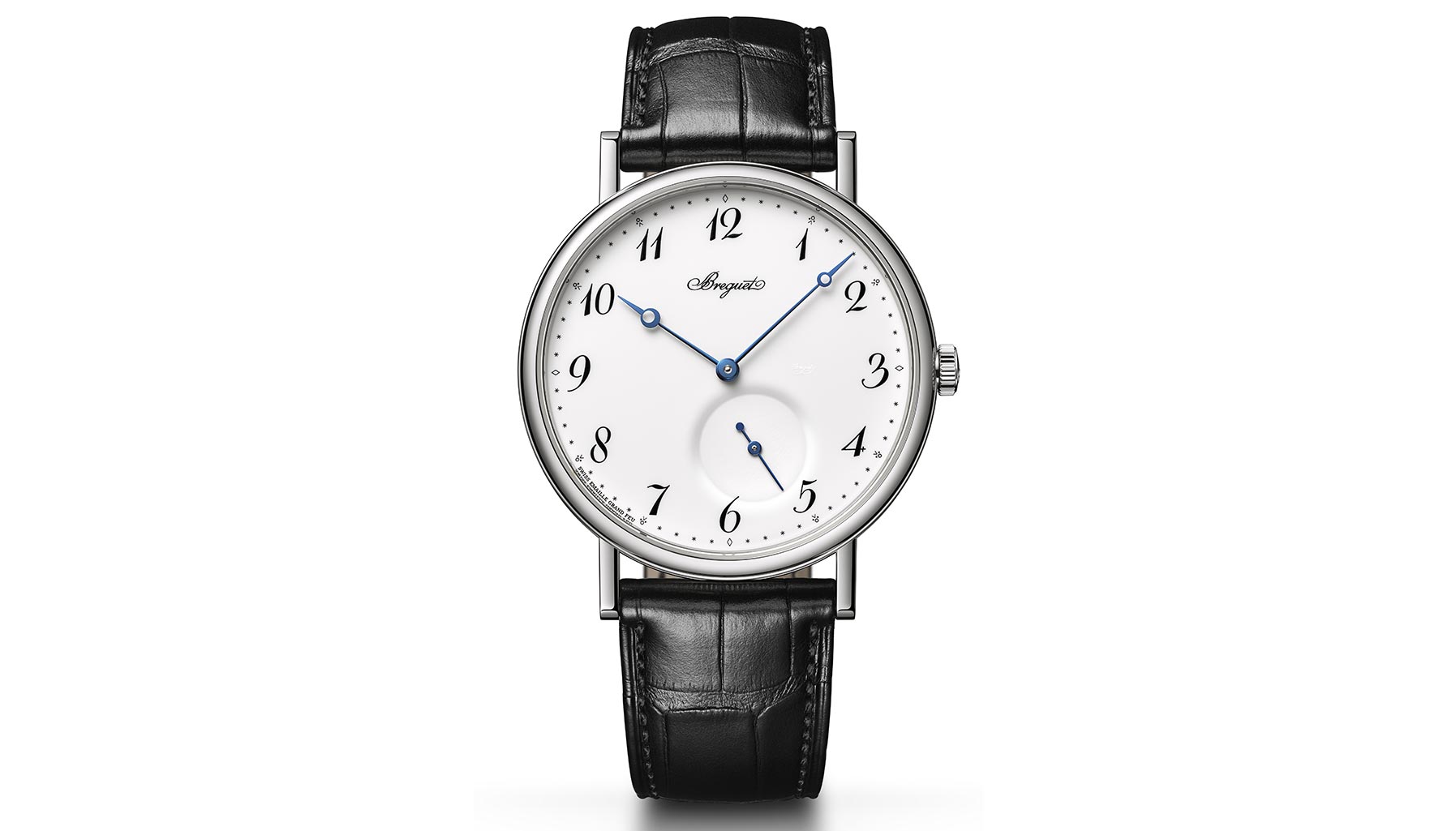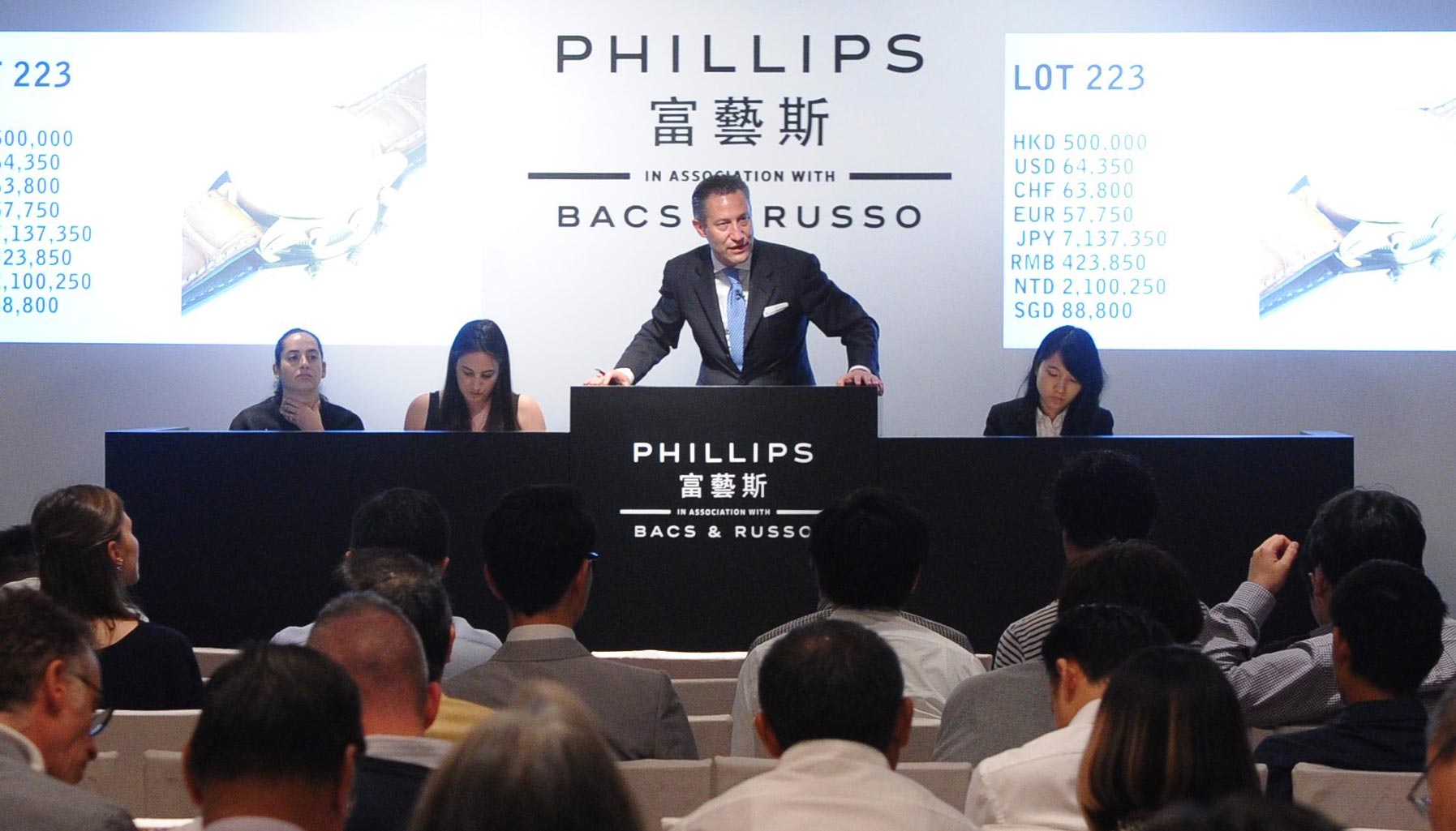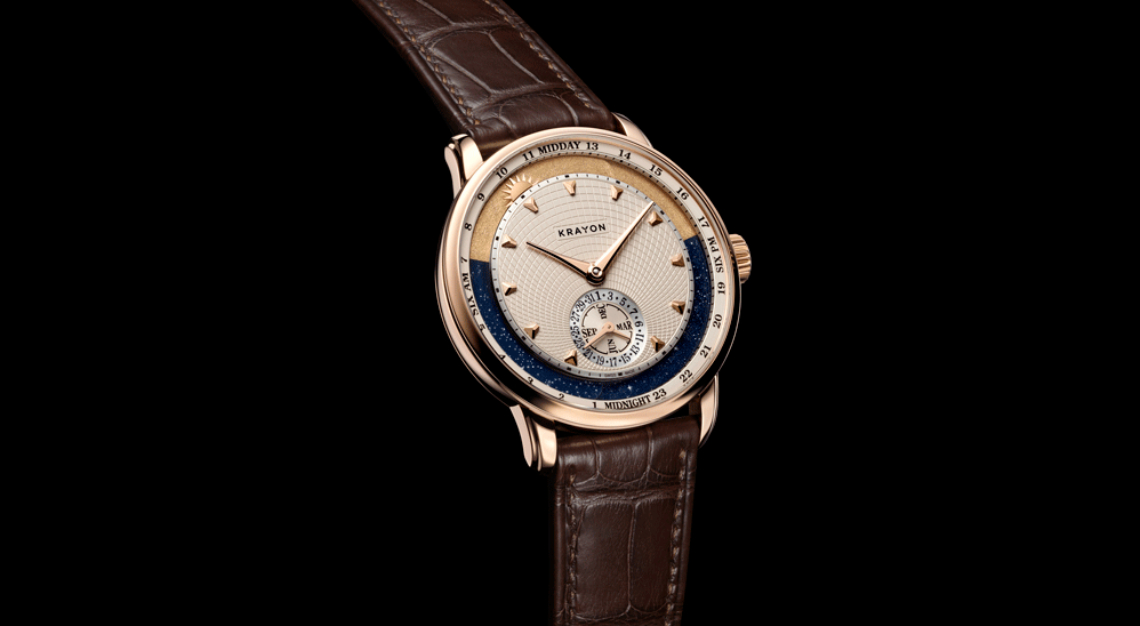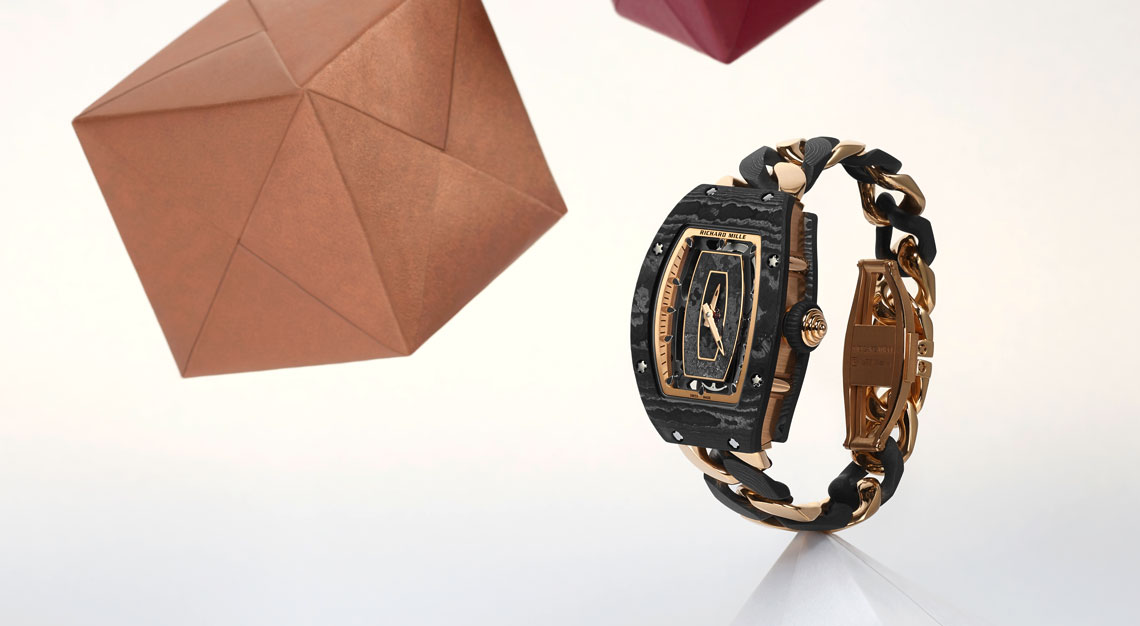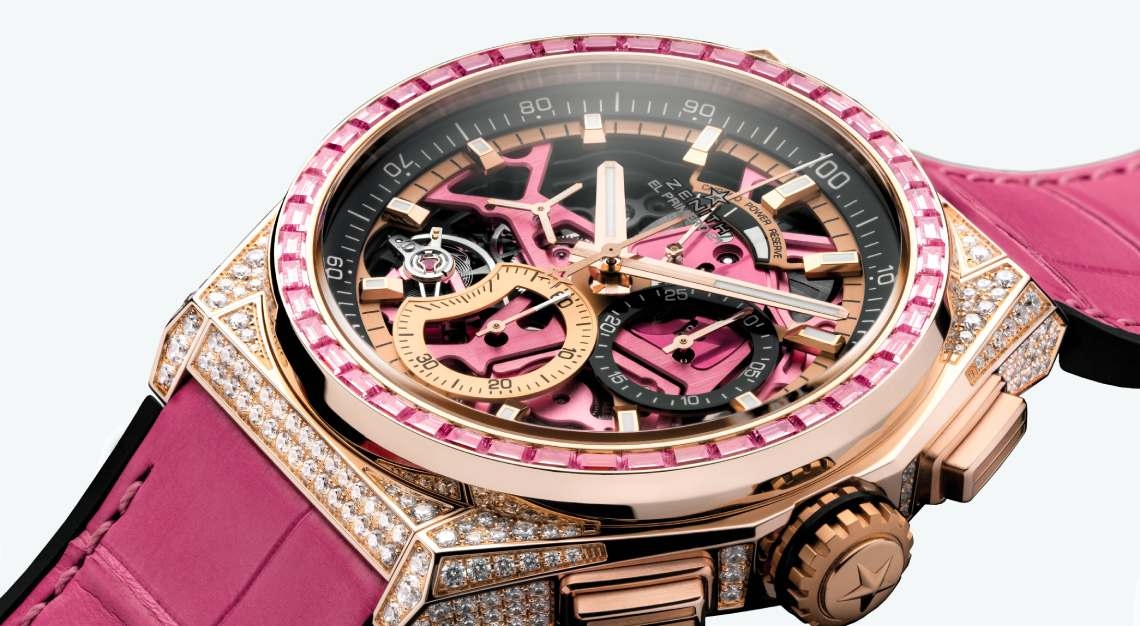Each timepiece is made in Germany and heavily inspired by Leica’s cameras. Movements are also made from scratch with the help of Lehmann Präzision
Leica seems bent on challenging its reputation as a camera maker recently. No—and you may heave a sigh of relief here—it has not started making bad cameras; it’s just been making things that are not cameras, such as the Leica Cine 1 laser TV projector unveiled earlier this year.
And now, it has done it again. For a brand that’s all about style and precision, its foray into watchmaking makes sense, and the L1 and L2 timepieces (also known as ZM 1 and ZM 2) are looking pretty good.
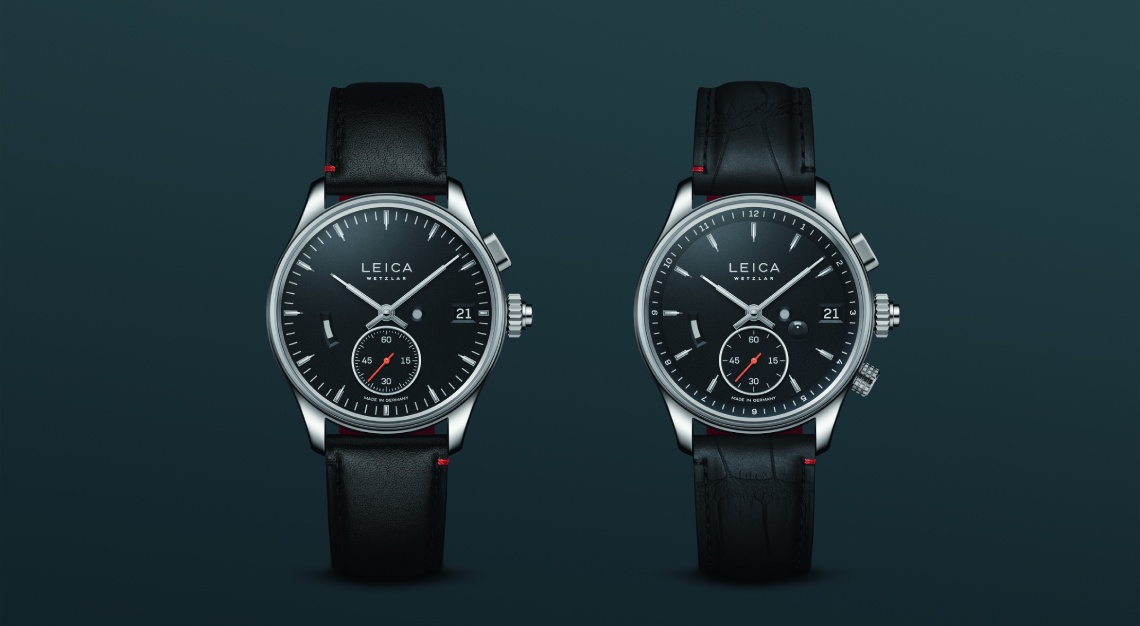
It’s taken five years since Leica announced its intention to launch the watches (2018, to be exact). It’s a long time coming, but obviously, good things take time. Instead of using off-the-shelf components, the German camera maker took the trouble to build its own movements from scratch with help from precision parts manufacturer Lehmann Präzision.
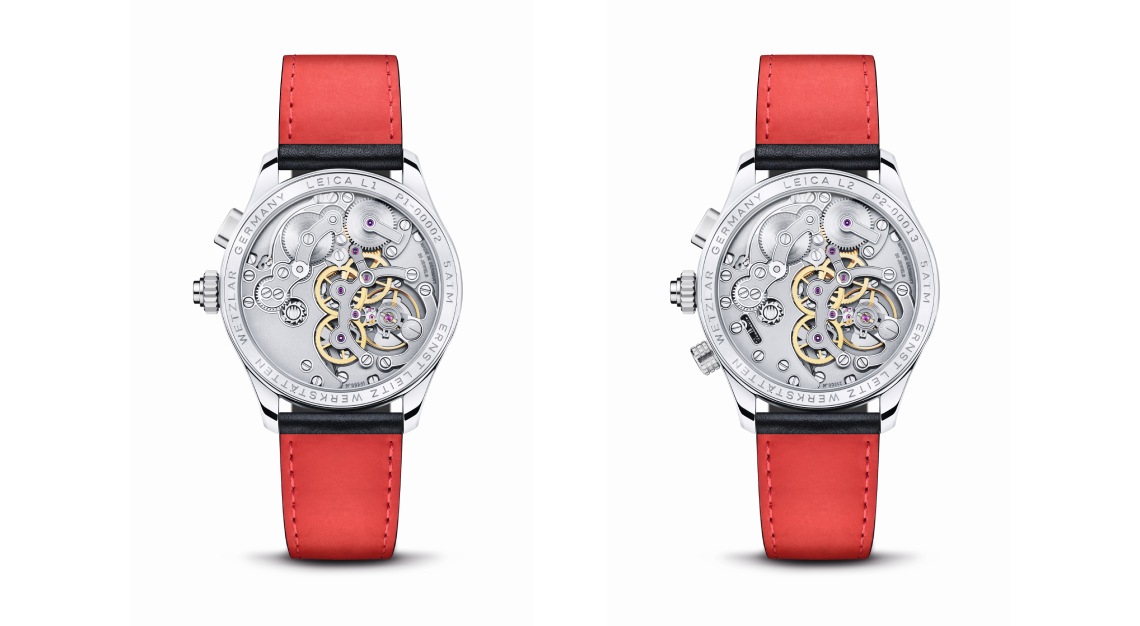
Simply named L1 and L2 after the timepieces they power, the manual winding movements offer rather impressive complications for a first watchmaking attempt. Both have zero-reset seconds as well as a date and power reserve indicator. The L2 is the more complicated of the two, and comes with a second time zone and a day-night indicator. Power reserve is 60 hours for both calibres.
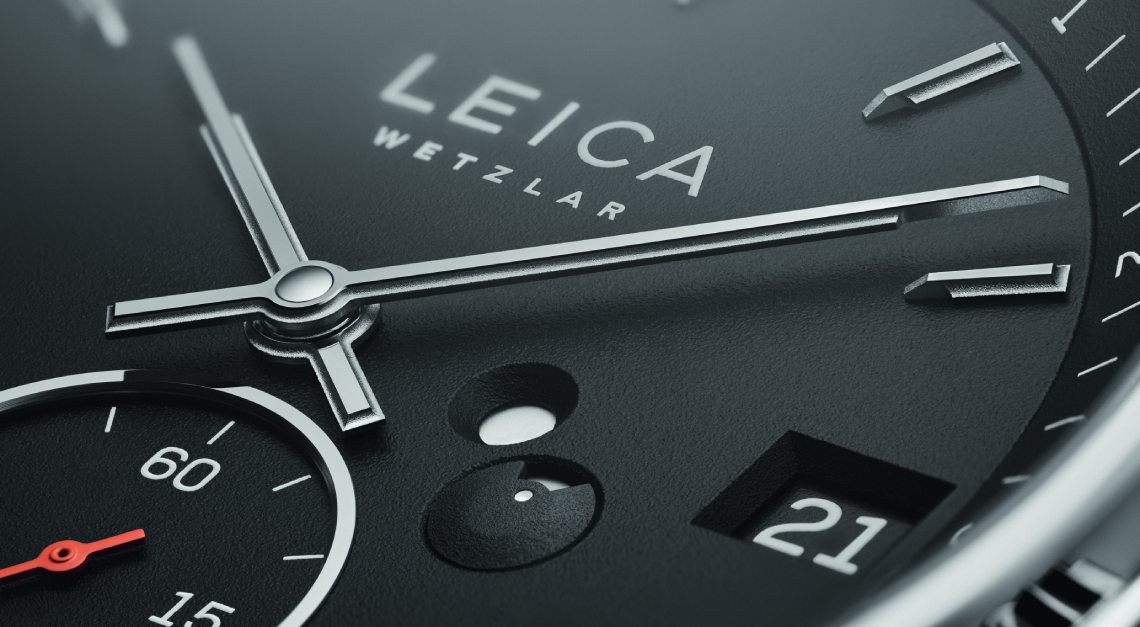
What truly sets these timepieces apart is the crown, which was designed as a push button instead of the more conventional (and fiddly) pull-out mechanism. Leica says that this was inspired by the shutter release button on cameras. It works a lot like the start-stop mechanism on a chronograph. Simply push the crown to enter time-setting mode and the seconds hand, which is in a subdial at six o’clock, will jump to zero (hence, a zero-reset seconds). Push the crown again and the watch will start running.
The crown function indicator is an aperture to the right of the hands; it shows white when the watch is running and red—mimicking Leica’s red-dot logo—when in time-setting mode. The vertically knurled pattern on the crown calls to mind the zoom ring on a camera. In another nod to Leica’s logo, the crown is set with a ruby.
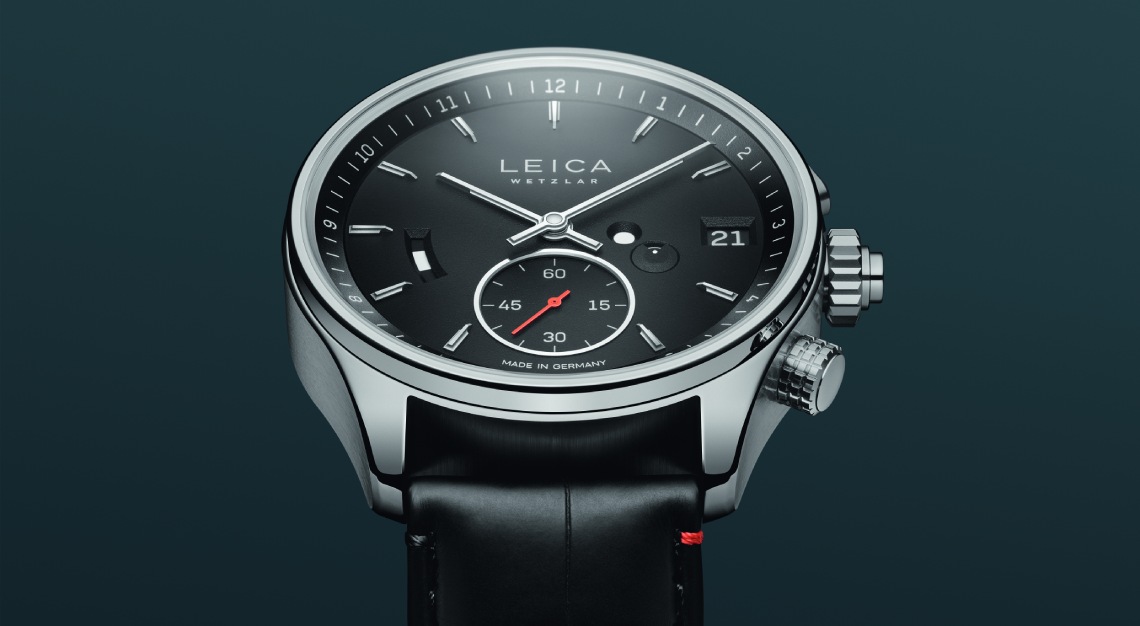
On both calibres, the date is adjusted by a pusher at two o’clock. The L2 has an additional crown—knurled in a different, but still very camera-inspired design—at four o’clock. This is for setting the second time zone, which is indicated on a rotatable ring around the outer edge of the dial. The day-night indicator for the L2 is located right below the crown function indicator.
The date sits at three o’clock and the power reserve indicator, between eight and nine o’clock. The latter, designed like a pair of shutters that slide apart, is another subtle reference to photography, and was inspired by the Leicameter light metre made for Leica’s M3 model.
The L1 and L2 timepieces are German through and through, with the aesthetics taken care of by renowned German product designer Achim Heine, and movements by Lehmann Präzision, which has its facility near the Black Forest. The watches are finally assembled at Ernst Leitz Werkstätten, right next to the Leica factory on Leica’s Leitz Park campus.
Yours for €9,500 (L1) and €13,500 (L2)
